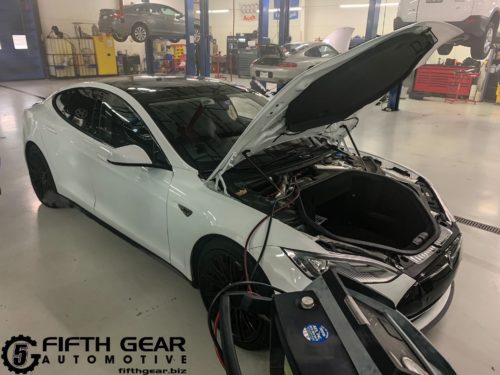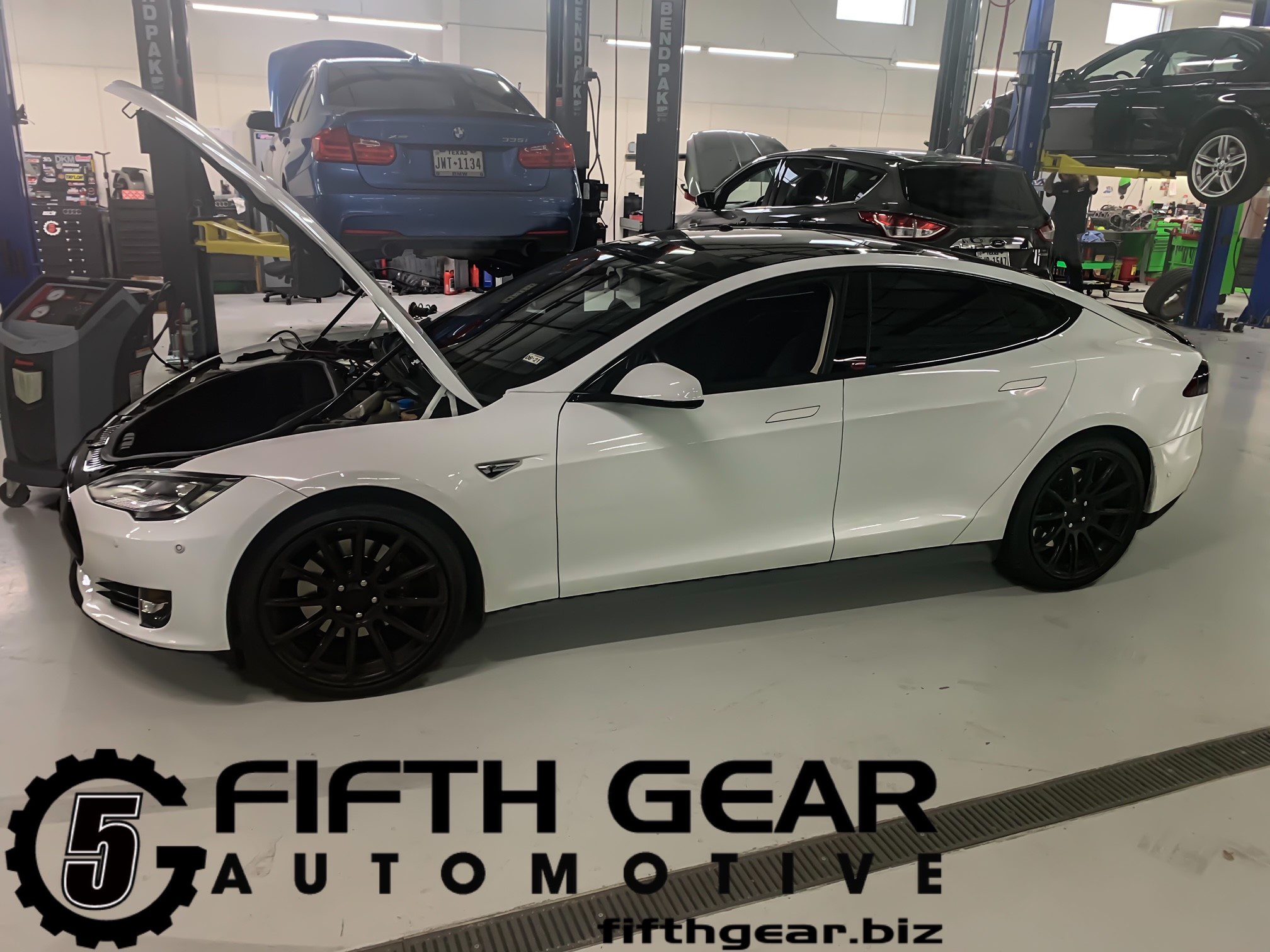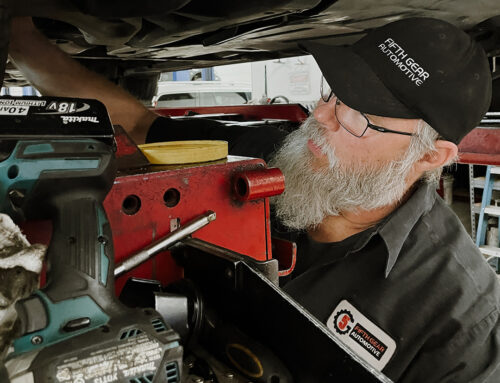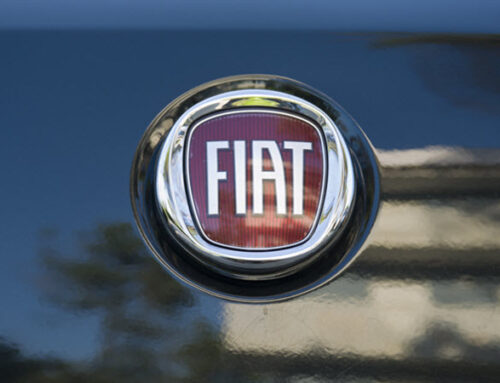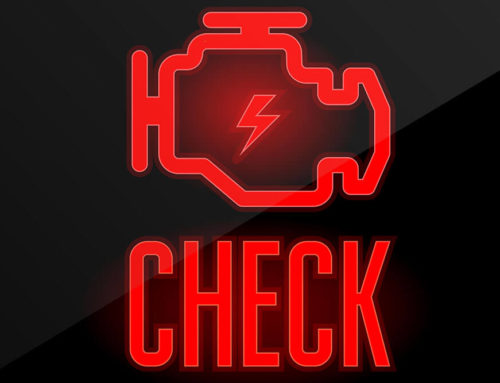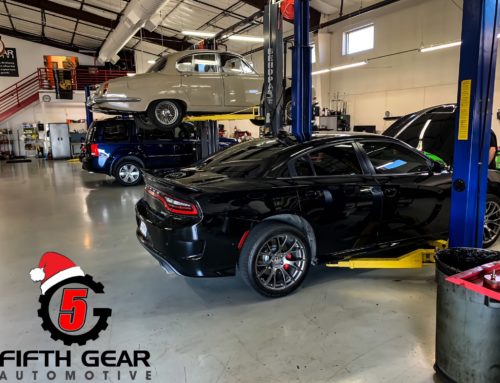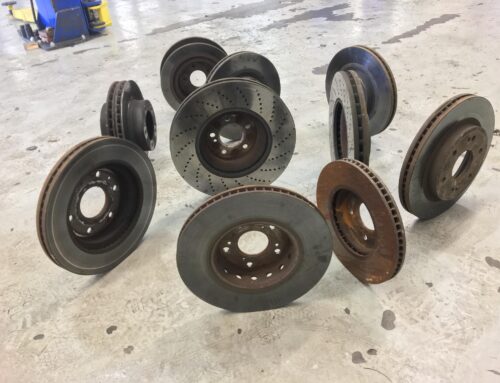Regenerative Braking System
Electric vehicles are becoming more commonplace on the roads today. Their attractive, eco-friendly design has convinced many drivers to go electric. Unfortunately, the price tag on these vehicles makes them less accessible (the Nissan Leaf is the most affordable EV in the game with an MSRP starting at just under $30,000). However, high-end companies like Tesla have struck close to perfection and quality with their sleek designs, attempting to make it worth the consumer’s while.
The name “Tesla” is an homage to Serbian engineer Nikola Tesla, creator of the alternating-current, or AC, induction engine used by the vehicle.
Because Teslas run on pure battery power, they don’t need the usual fluid changes and transmission maintenance that standard vehicles require. The company does recommend replacing the cabin air filter every 2-3 years, as well as consistent tire rotation, balance, and wheel alignment periodically to preserve steering components and tire life.
A stand-out, though not unique feature of Tesla and other EV vehicles, is their regenerative braking system. First used in trolley cars, regenerative braking is a system that Tesla has improved for its Model 3 and beyond. This system converts the kinetic energy of an electric or hybrid vehicle into electrical energy while deceleration or driving downhill. When the driver hits the brakes, the motors spin backward and slow down the vehicle. Tesla recommends getting the brake calipers cleaned and lubricated at least once a year.
While they are not the cheapest cars in the game, EVs are certainly a transition into what is hopefully a healthier future for our planet.
